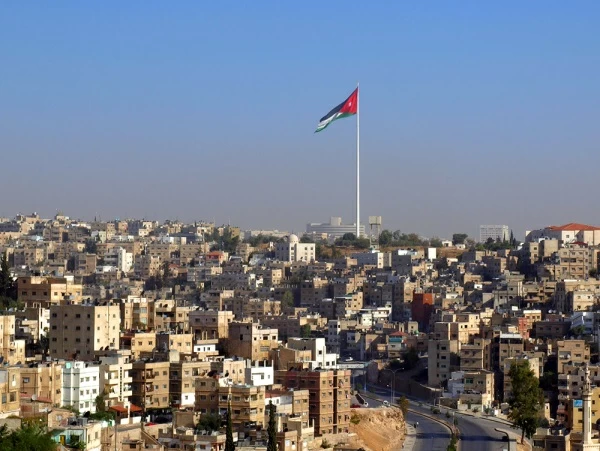Amman Tours
For history enthusiasts, our Amman tour is the ideal journey to delve into the rich history of Jordan. Few places show the evolution of Jordan’s story as clearly as Amman, for here we can still see, layer upon layer, many stages in the city’s metamorphosis. Once capital of the Iron Age kingdom of Ammon, it became in turn a Hellenistic, Roman and Byzantine city, then heart of the Umayyad province of Al-Balqa’, an abandoned field of ruins and a late-19th century Ottoman village. It is today capital of the Hashemite Kingdom of Jordan.
The first settlements were on the citadel hill, and were supplied with water from vast reservoirs cut in the rock. Rabbath Ammon, or Rabbah is first mentioned in the Bible as the place where the huge iron bedstead of Og King of Bashan was brought as spoils of war (Deut. 3). Later, when King David’s armies attacked its water supply (2 Sam, 12:27), Uriah the Hittite was sent to die in the front line so that David could marry his beautiful widow, Bathsheba, In the early 6th century BC prophecies by Jeremiah (49:2) and Ezekiel (21:2; 25:3-5) of Rabbah’s destruction by Nebuchadnezzar of Babylon may not have been precisely fulfilled but, like the whole region, Ammon became a province first of the Babylonian empire, then of the Persian.






